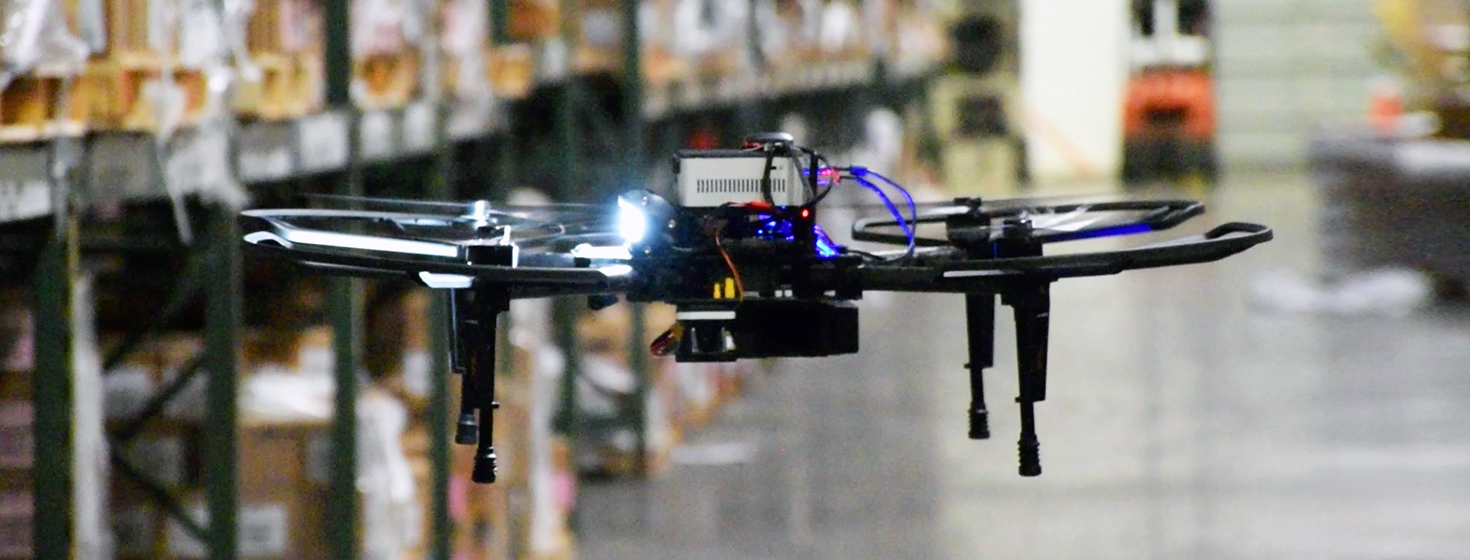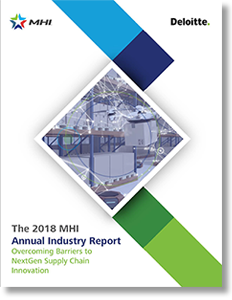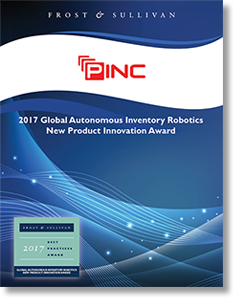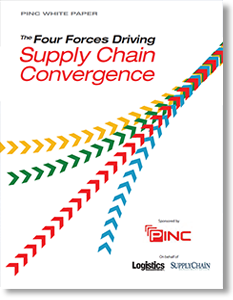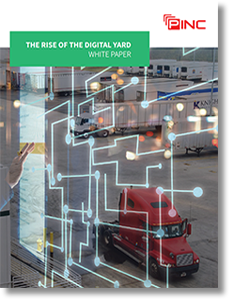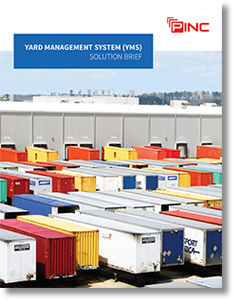The NextGen Supply Chain
Realizing that its members are getting bombarded from all sides by what promises to be the “latest and greatest” technology and solution to all of their problems, MHI offers this sage piece of advice in its 2018 MHI Annual Industry Report.
In its report, MHI outlines the barriers to building the NextGen Supply Chain, which it says will incorporate robotics, the Internet of Things (IoT), predictive analytics, artificial intelligence (AI), and driverless vehicles - all of which are already disrupting supply chain operations.
“Digital technologies and innovations are driving massive changes and improvements in the supply chain. Meanwhile, digital disruption and continued globalization are sending customer service expectations through the roof and stretching supply chains to the farthest reaches of the planet,” MHI states, “putting supply chains under more stress than ever before.”
5 things to know about NextGen supply chain technology:
1. Digital innovations are projected to have a huge impact on supply chains. According to MHI, eight out of 10 companies believe that the digital supply chain will become the predominant model within the next five years.
2. These supply chain changes will be pretty disruptive. MHI says survey respondents believe many supply chain innovations have the potential to disrupt the status quo and create a lasting competitive advantage for companies that embrace them - a belief that most of the innovations have been steadily increasing for at least three years, the organization points out.
3. There are already some clear frontrunners in the NextGen supply chain race. MHI says that the top technologies expected to be a source of either disruption or competitive advantage are:
a. Robotics and Automation (65% of respondents see this as a source of disruption or competitive advantage, up from 61% in 2017)
b. Predictive Analytics (62%, up from 57% in 2017)
c. Internet-of-Things (IoT) (59%, up from 55% in 2017)
d. Artificial Intelligence (53%, new category in 2018)
e. Driverless Vehicles and Drones (52%, up from 30% in 2015)
4. The cloud has become the deployment model of choice for supply chain technology. Cloud computing and storage has the highest current adoption rate (57% of companies are using it), according to MHI, and adoption of this technology is expected to grow to 78% over the next two years (and to 91% usage over the next five years).
5. Manufacturing and supply chain operations continue to invest heavily in innovation. According to the MHI survey, 47% of respondents are planning new technology investments totaling more than $1 million over the next two years, while 20% plan to spend more than $5 million, and 10% plan to spend more than $10 million.
“Supply chains are rapidly being digitized and disrupted, and information and insights are becoming the currency of NextGen supply chains,” MHI concludes.
“In the months and years ahead, organizations should keep a close eye on adoption rates and emerging trends, watching for signs that supply chains are turning the corner on innovation and approaching the exponential growth phase.”
Download the 2018 MHI Annual Industry Report - Overcoming Barriers to NextGen Supply Chain Innovation.
Related Article: Warehouse Drones Ready for Digital Inventory Management
Related Resources
2018 MHI Annual Industry Report - Overcoming Barriers to NextGen Supply Chain Innovation
This year’s report features in-depth profiles of the five NextGen innovations having the greatest impact on supply chains; Robotics and Automation, Predictive Analytics, Internet of Things Sensors, Artificial Intelligence, Driverless Vehicles, and Drones. Download Now!
Using Autonomous Robots to Drive Supply Chain Innovation
This paper details how new technologies are presenting promising opportunities for improvement across the supply chain and how autonomous robots and drones are poised to change the game. Download Now!
Global Autonomous Inventory Robotics New Product Innovation Award
This best practices research paper details the PINC Air inventory robotics solution with its quick deployment model, faster inventory velocity, product ingenuity, and rapid ROI underscoring the decision for PINC to win Frost & Sullivan’s 2017 New Product Innovation Award. Download Now!
The Four Forces Driving Supply Chain Innovation
When supply chain professionals discuss supply chain execution, their focus is typically put on transportation management systems and warehouse management systems, the yard management systems capability and importance is mistakenly undervalued. Download Now!
The Rise of the Digital Yard
In this white paper we explore the rise of the digital yard and show how technology is enabling significant efficiencies, productivity gains, and cost containment in a world where every penny added to the bottom line positively impacts organizational success. Download Now!
Solution Brief: Yard Management System
Yards are the intersection between warehouses and transportation, they are a critical linkage in logistics management practices and have a significant impact on the overall efficiency of the supply chain. Download Now!
More PINC Resources
Article topics
Email Sign Up





